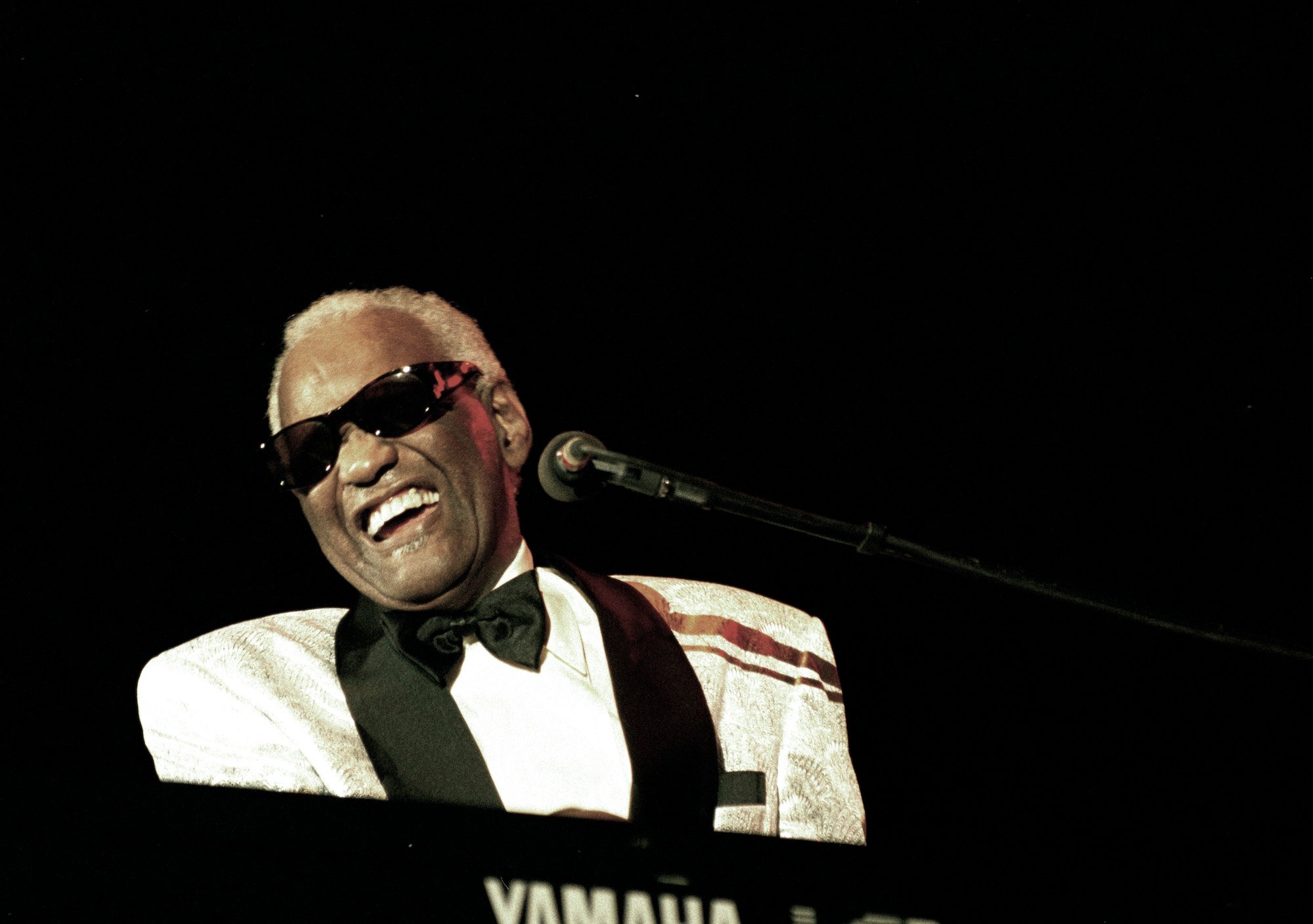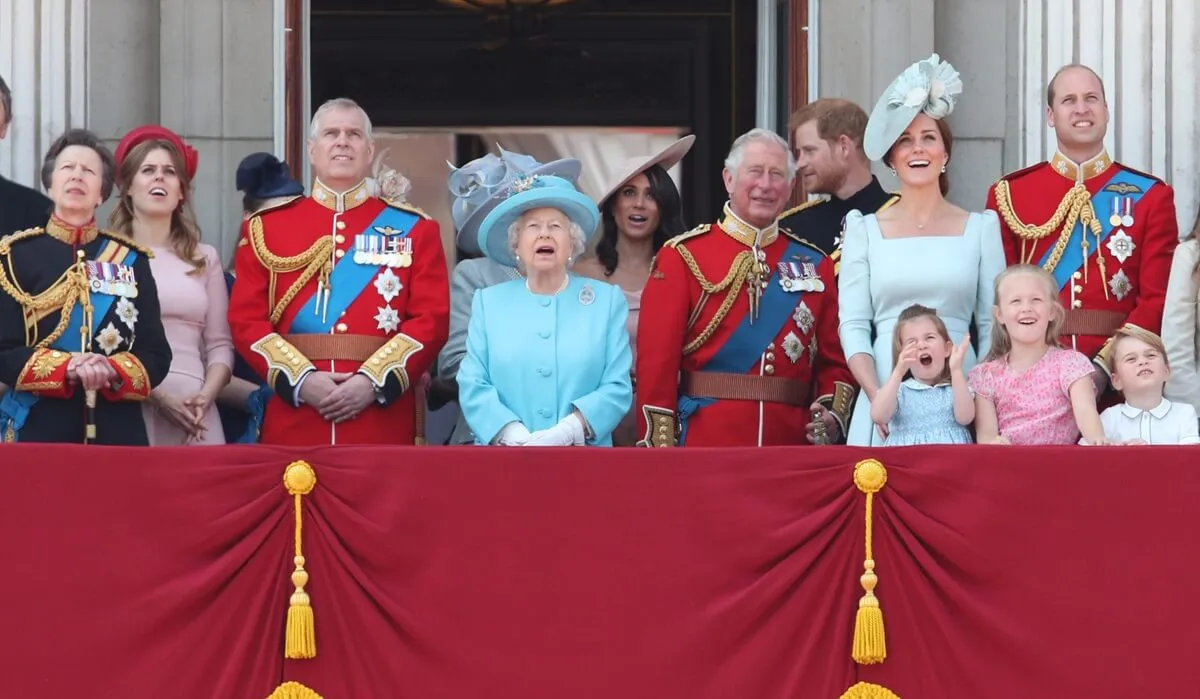The Dark Side of Ray Charles That the Film ‘Ray’ Failed to Recognize
Ray was a thrilling, beautiful biopic that helped shine a light on one of the great musicians of our time, Ray Charles. It also helped launch the already promising acting career of Jamie Foxx to another stratosphere as he won an Oscar for his work. But like most great movies based on a true story, the filmmakers took plenty of creative licenses. There were some downright haunting aspects of Charles’ life that went unaddressed in the movie. Here’s the story of the dark side of Charles that the film based on his life never recognized.
Ray Charles’ marriages, children, and death
Charles is one of the most iconic musicians to ever live. His personal life was a bit more complicated to sort out. According to Rare, Charles had 12 children with 10 different women. He married twice: one lasted less than a year and the other lasted 22. Charles brought his children together when his health took a turn for the worse in 2002. He said he was leaving them an inheritance but that much of his fortune would go to charity. When Charles passed in 2004, each one of his adult children reportedly received $500,000.
This isn’t dealt with in great detail during the film Ray, however.
How ‘Ray’ differed from the actual life of Ray Charles
Most Hollywood movies based on a true story tend to sensationalize, embellish, and exaggerate. In nearly all cases it’s an absolute necessity. Life isn’t structured like a movie, so to make things work from a narrative perspective, it has to be done. But Ray took some serious liberties in telling Charles’ story.
In a 2004 piece, Slate took a look at the differences between the film and what actually happened in real life. They pointed out some inconsistencies, such as:
- Charles’ mother is depicted in the film, but in real life, he had two mothers. This included his actual mother and one of his Dad’s ex-wives. They brought him up in different ways, shaping him as a person.
- The movie frames the seminal moment of Ray’s life as the drowning of his brother. But to hear Charles tell it, his most traumatic experience was the death of his mother, Aretha.
- Many of the supporting characters (such as Ray’s saxophonist, Fathead Newman) are portrayed as rather broad stereotypes when their real-life personalities were much more nuanced.
- While the film ends with Ray and his wife Della getting their complicated “happily ever after,” they actually divorced in 1976.
- Charles did manage to kick his nasty heroin habit, but he did continue to smoke marijuana and abuse alcohol for the remainder of his life. He’d suffer from liver damage and hepatitis C later in his life.
So how did the movie impact his actual legacy?
Ray Charles’ musical legacy and where ‘Ray’ failed

The movie addresses many of Charles’s demons, but it also leaves some out. There’s no denying the man was one of the great talents of his era, which the movie also reflects. The film does gloss over some of Charles’ more troubling habits such as his womanizing ways and his penchant for excessive alcohol use.
No matter what artist you examine, it’s difficult to separate the artist from the human being behind them. Charles was heavily flawed, and the movie shied away from exposing some of his flaws while highlighting others. These shouldn’t necessarily affect Charles’ legacy as a musician—they do not change the fact that he was an elite talent. But the movie likely would have been more interesting with a less hagiographic approach to his life and times.


